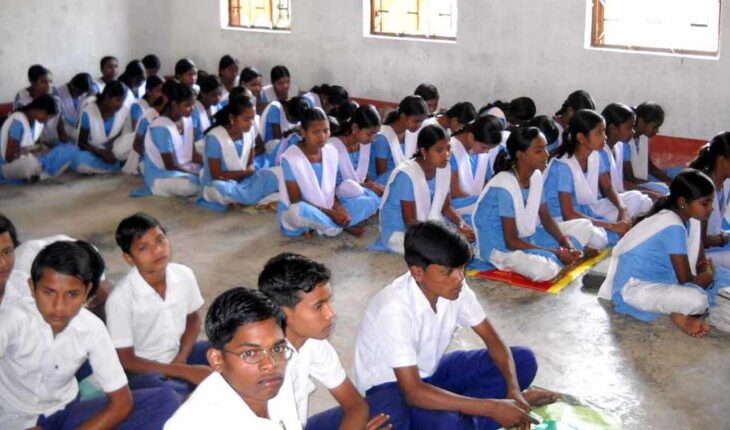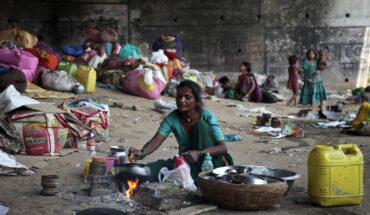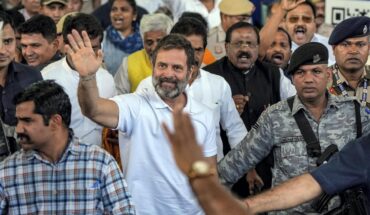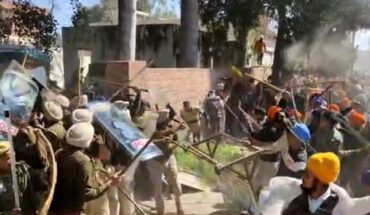Quality education at school level is important for adding productivity to nation’s human capital and thus, contributing to its social and economic progress. Odisha is one among the front runner states in India for provisioning of quality in school education. The NITI Aayog Report 2019 rightly ranks Odisha 7th among 20selected major states in India School Education Quality Index. In this index ranking, Odisha has left behind many leading states such as, Andhra Pradesh, Karnataka, Telangana, Punjab and few other. Thanks to the government schools for preserving the quality in education for decades.
For their quality services, the government schools have established and restored faith among the people. The Annual Statistics on Education Report (ASER) 2022 says that about 93 percent of school going children in the age group of 6-14 are getting the education services provided by the government. However, in the neighbouring state Andhra Pradesh, this ratio is 70 percent, in Kerala 64 percent, Punjab 58 percent and in Harayana, the ratio is 51 percent according to the ASER report.
It is important to note that the dependence on government school education is not for income or affordability factor. Odisha today, is one among the progressive states. The annual average growth of per capita income in the state during 2011-12 and 2021-22 stands at 5.4 per cent compared to the national average growth rate of 3.8 per cent. In 2021-22, the per capita income of the state stands at Rs.91,645 compared to the national per capita income of Rs.91,481. The state has surpassed the per capita income of the states such as West Bengal, Chhattisgarh, Rajasthan, and a few others.
The strength of quality dates back to 1950s when a very few schools in rural hinterlands were the only hope for millions waited for receiving education. These schools have been contributing the mass skilled labour force for today’s economic progress. The quality is the outcome of discipline and culture inherent in rural society. Kabata Bandha high school situated in the village Kabata Bandha in the district of Jajpur in Odisha is one among those few. It was set up in 1967 with a limited human resource and physical infrastructure facilities. With its quality services, it has made a significant contribution in transforming the life of the people in the village and its neighbouring areas. Various learnings provided by the schools have now seen to be covered in India’s public policy.
A. Role in Rural Transformation
During 1960s, above 60 percent of the population in India were living below the poverty line and the poverty situation in rural sector was above 70 percent. Odisha was among the poorest states among all with the poverty ratio higher than the national average. With this macro statistics, it is not surprising to say that above half of the population in the village Kabata Bandha were poor and half-nourished.
In the last couple of decades, a major economic transformation happened in the village and its neigbouring areas and, the credit goes to Kabata Bandha high school. The village has successfully defeated the disease of poverty. Today, it stands as one of largest per-capita income among all the villages in the state.
The transformation is the result of spread of education. Above 80 percent of the villagers are educated at elementary level. Education has helped spreading awareness about the functioning of various government schemes run by the state and union government.
People in the village are immensely helped by the PMAwas Yojana. Above 90 percent of the Kuchha houses have been rebuilt to Pucca houses. Electrification has reached almost every house. There is a significant progress in supply of tapped drinking water to every kitchen, an effort made under Jal Jeevan Mission.
The village has not faced the challenge of unemployment as majority of the households live on small scale businesses. At least a single person in a household is a part of skilled labour force and contributes to the overall household income. MGNREGA has also helped someway in the time of severity in unemployment situation.
B. Role in Public Policy
Since 1960s, the school has endured many policies which created many disciplined, cultured and productive labour force. These practices are progressive and at present, many of those are used as prescriptions in few public policies in India.
One of the important practices followed in the school was ‘Education for All’ without having any discrimination on the ground of social and economic condition of the family. Even with limited infrastructure and human resources, no one in the village has been denied in accessing education. Equal opportunity to all and focus to create meritorious students with additional efforts from the teachers has produced results in creating the mass skilled human capital for the nation.
Second, compulsory attendance in various cultural programs such as, celebration of Ganesh Puja, Saraswati Puja, Republic Day, Independence Day, Teacher’s Day and Children’s Day, Annual Sports Day and many other, forms integral part of the education policy. Few other activities such as, funds collection from the students for these celebration and support from the richer students, teachers to the poorer ones in this collection are added flavour to the policies. Though these are not written policies but are working underline for the smooth functioning of the education system. These unwritten policies are meant to create cohesiveness and strengthening the participatory learning which is a significant section in the New Education Policy.
Third and important point is Swachhata or practice of cleanliness in the school, is found in the government’s present policy on “Swachh Bharat Mission”. The school uses the traditional ways of checking the finger and toes’ nails by a monitor in every morning prayer class. In few occasions, a group of students along with the teachers used to go round the village to collect garbage and create awareness of practicing cleanliness.
These are examples of some of the contributions from one village school set up during the post-independent India. There are quite a few old schools during this period who not only created a skilled labour force for the country but helped in preserving the rich culture and societal values. Today Odisha has successfully defeated the challenge of poverty and malnutrition and become a well-known face in the global world because of the rich contributions of these old and unfortunately, less acknowledged heritages. Remembering Kabata Bandha high school on the auspicious occasion of its Golden Jubilee celebration is a proud moment indeed.
Dr. Sridhar Kundu , Economist Consultant at World Bank





